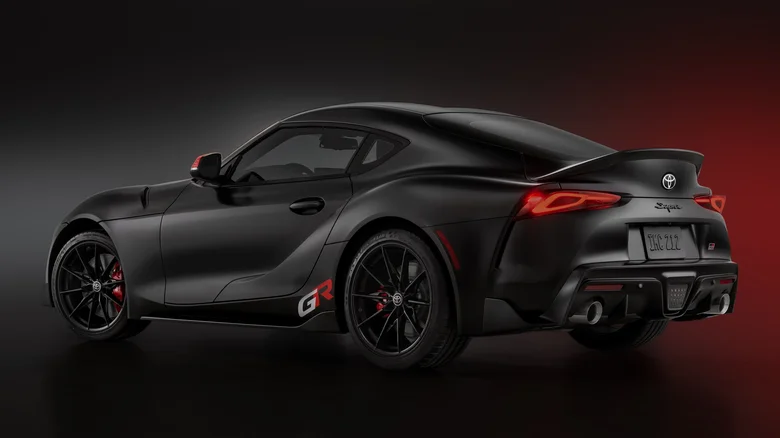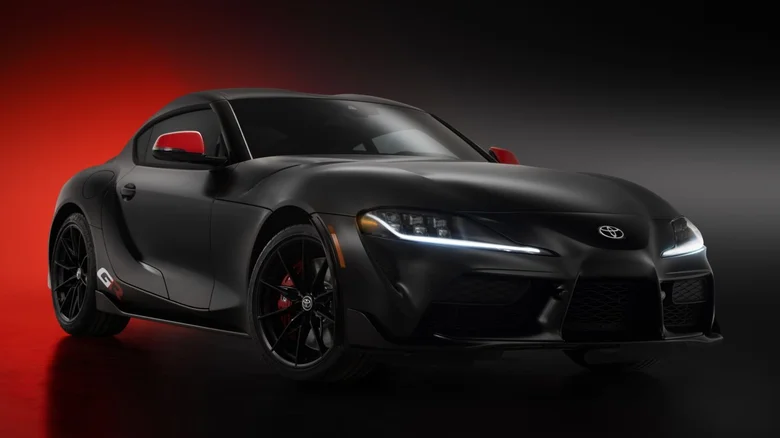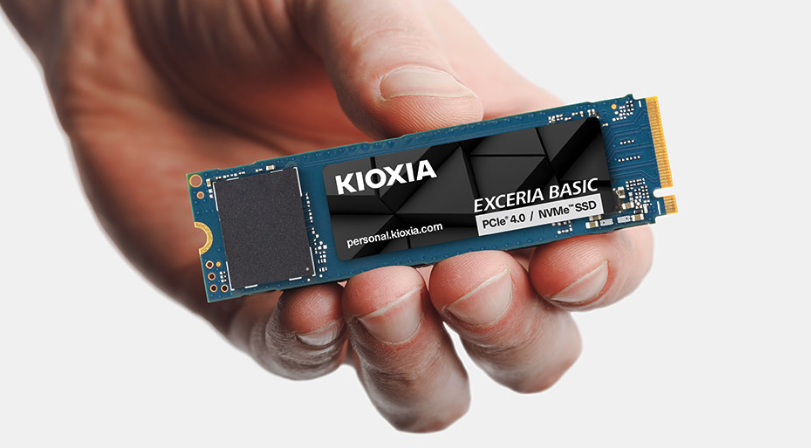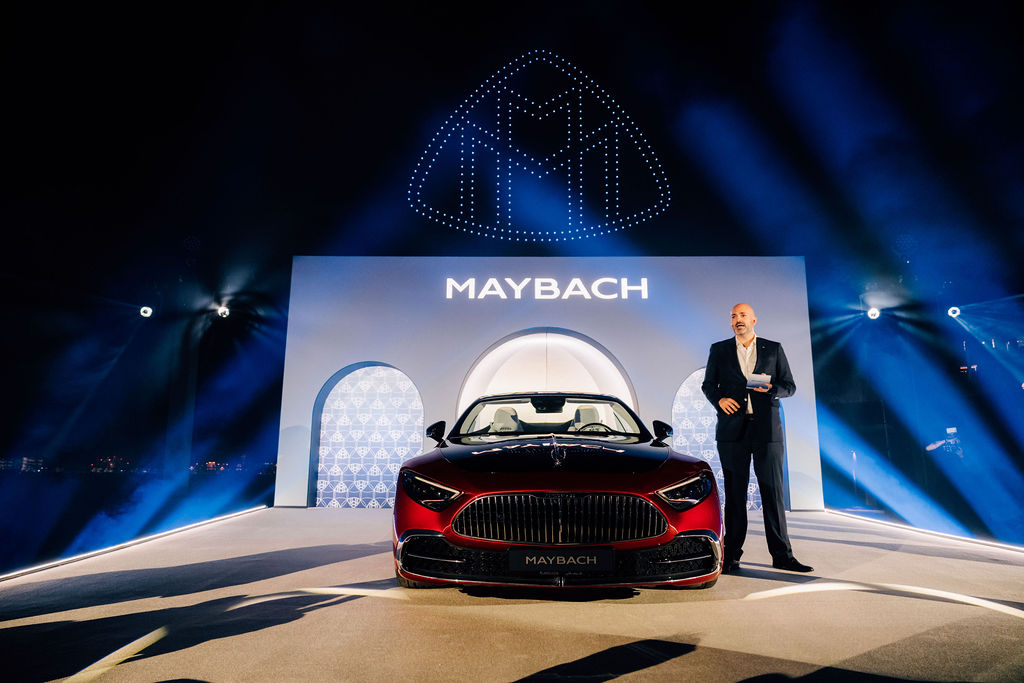After a brief but memorable return, the Toyota Supra will once again exit production—this time after the 2026 model year. Toyota has confirmed that the fifth-generation Supra (known as the GR Supra MkV) will conclude its run next year, closing a chapter that began with high expectations when the nameplate was revived in 2020. To commemorate the model’s departure, the company is releasing a GR Supra MkV Final Edition with suspension upgrades, minor aerodynamic revisions, and exclusive design elements.
The Supra’s discontinuation stems largely from the end of its shared production platform with the BMW Z4. Developed jointly between Toyota and BMW, both cars rolled off the same line at Magna Steyr’s plant in Graz, Austria. With BMW preparing to end Z4 production, Toyota loses the partner and platform that made the modern Supra possible. Rather than investing in a new architecture immediately, Toyota appears to be pausing the coupe’s production to evaluate future directions for the badge.
Industry observers expect the Supra name to return eventually—its cultural and commercial significance makes a permanent retirement unlikely. However, Toyota has yet to confirm whether a successor will be powered by a traditional internal combustion engine, hybrid system, or a fully electric drivetrain. The company’s recent focus on performance hybrids and battery-electric concepts hints that the next iteration could depart sharply from the turbocharged inline-six formula that defined both the Mk4 of the 1990s and today’s MkV.

The 2026 GR Supra Final Edition brings several mechanical improvements to mark the finale. Revised suspension geometry with updated camber angles and recalibrated adaptive dampers aim to refine cornering and steering feedback. Strengthened suspension bushings, a reinforced underbody brace, and subtle aerodynamic tweaks—including a carbon fiber ducktail spoiler and new front wheel arch flaps—enhance stability and grip. The familiar 3.0-liter turbocharged inline-six remains unchanged, producing 382 horsepower and 368 lb-ft of torque, with buyers still able to choose between an automatic or six-speed manual transmission.
Cosmetically, the Final Edition stands out with matte black 19-inch wheels and two new exclusive paint colors, Burnout and Undercover. Inside, Toyota adds Alcantara-trimmed seats, red stitching, and matching red seatbelts to distinguish the cabin. Pricing starts at $58,965 for the standard GR Supra automatic and rises to $69,745 for the Final Edition, both including destination fees. Production is expected to cease in March 2026.
The Supra’s second discontinuation underscores the shifting dynamics of sports car manufacturing. As emissions standards tighten and consumer demand tilts toward electrified performance, low-volume enthusiast models face growing pressure to justify their cost. Toyota’s GR lineup—anchored by the GR86 and GR Corolla—will continue to represent the brand’s commitment to driving engagement, but the Supra’s future may hinge on how Toyota balances heritage with next-generation technology.
If history is any guide, the Supra name will likely return in some form. Whether it emerges as a hybrid grand tourer, an electric sports coupe, or another collaboration entirely, its legacy ensures Toyota won’t abandon it for long.







